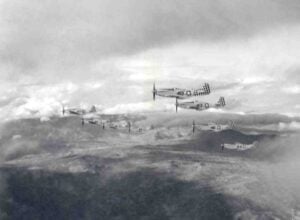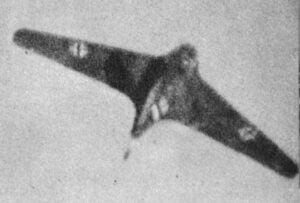What an F-16 Combat Takeoff Really Looks Like
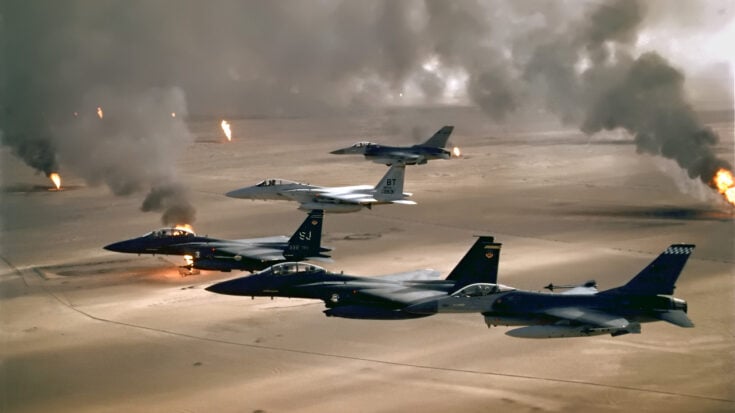
YouTube / realshawnwalsh
When fighter pilots talk about combat departures, it usually sounds intense. In reality, the move is not only practical but also one of the most fun parts of flying the F-16. Shawn Walsh, an experienced F-16 pilot, walks us through the entire sequence from firsthand experience.
Lighting the Afterburner
A combat takeoff starts like a normal one, but everything happens faster. The pilot rolls down the runway, pushes the throttle into max afterburner, and waits for rotation speed to come alive. The moment the jet lifts off, the gear comes up and the climb begins.
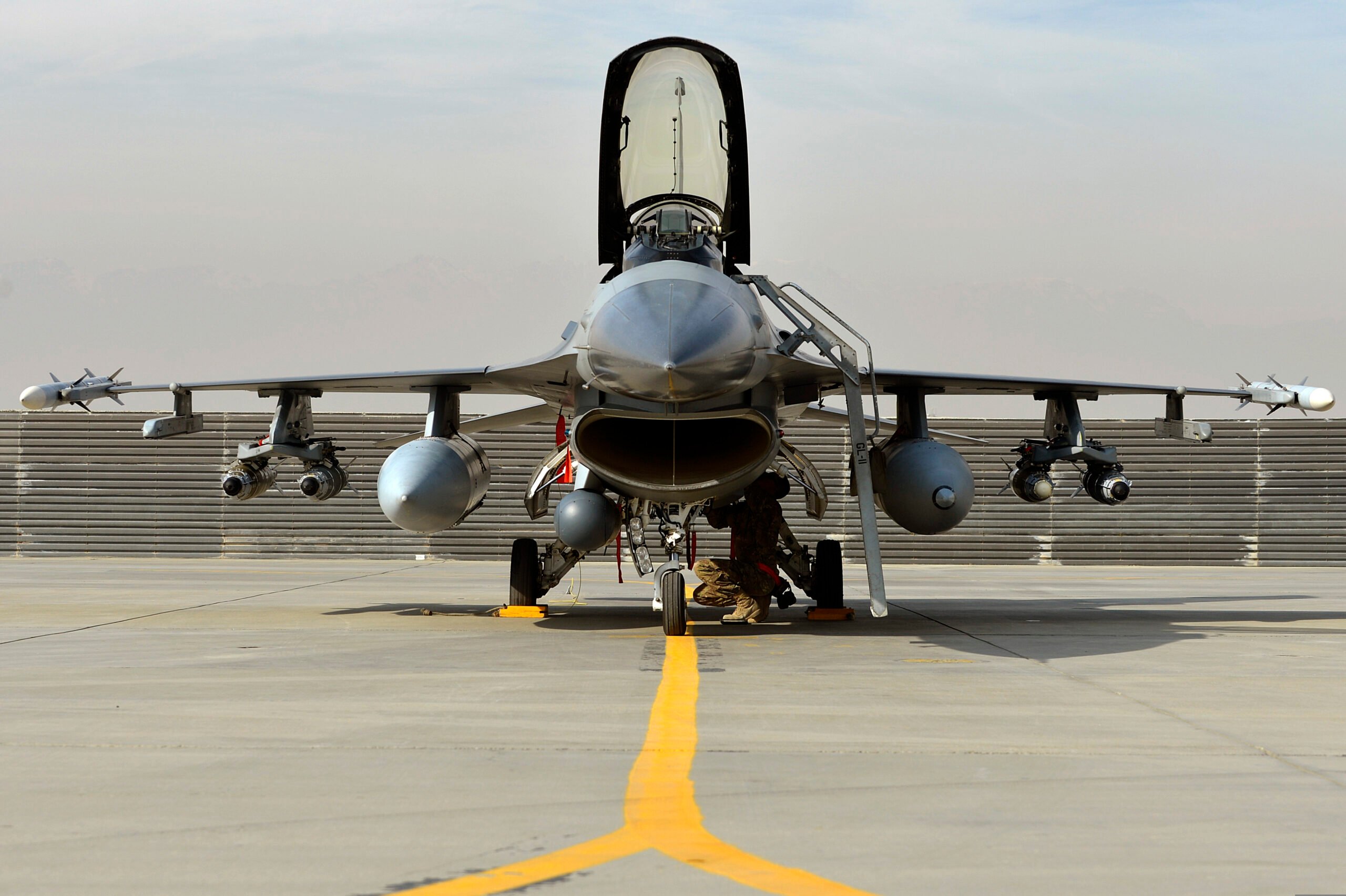
Dropping Down to Ten Feet
Here is where the maneuver becomes very different. Instead of climbing away, the pilot levels off at runway height. Not fifty feet. Ten feet. The nose may even dip slightly to keep the jet pinned just above the pavement. The idea is simple. If the jet stays inside the protected zone of the airfield, nothing outside that bubble can target it with a missile, a shoulder fired weapon, or even a rifle.
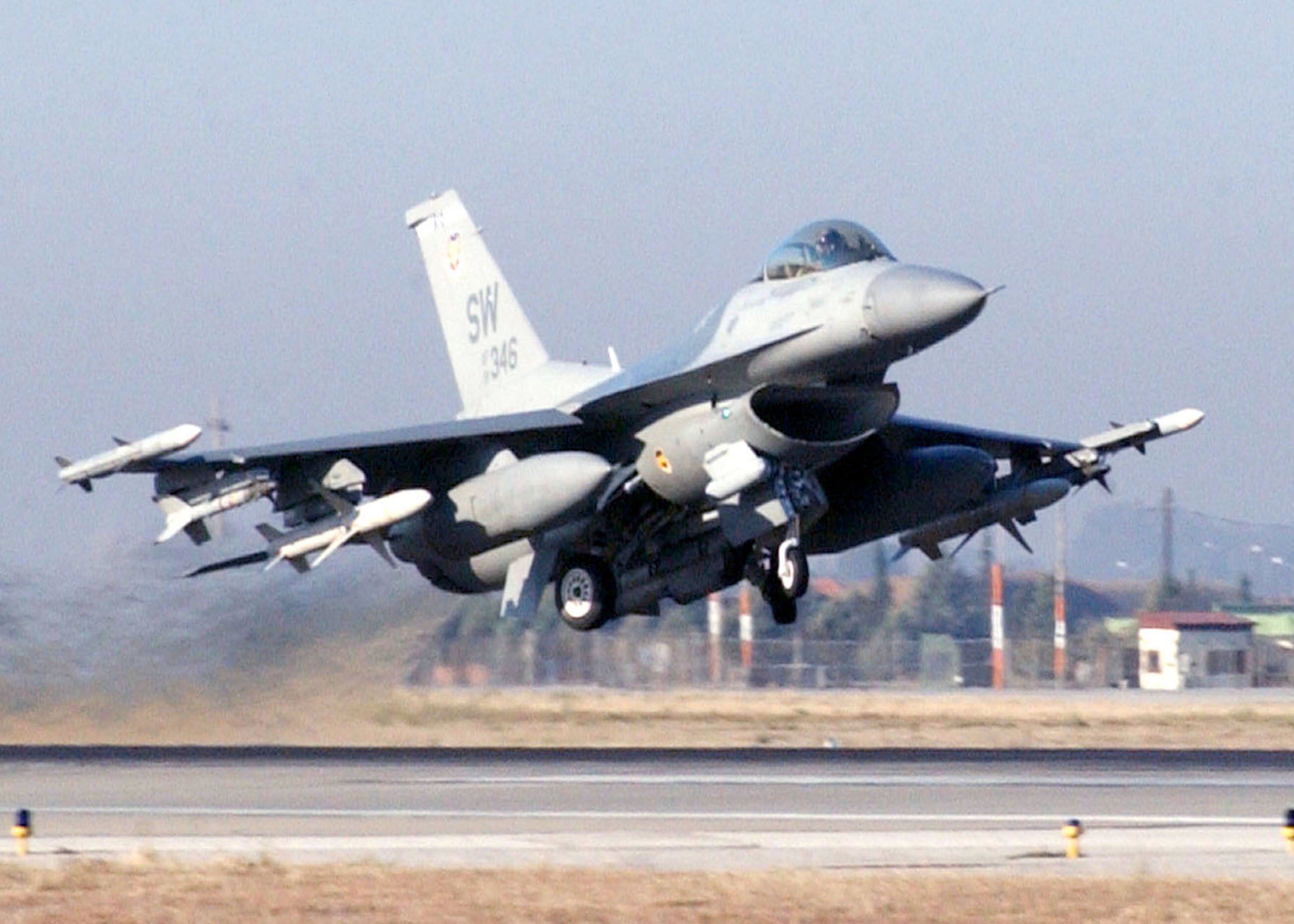
Building Speed for the Vertical
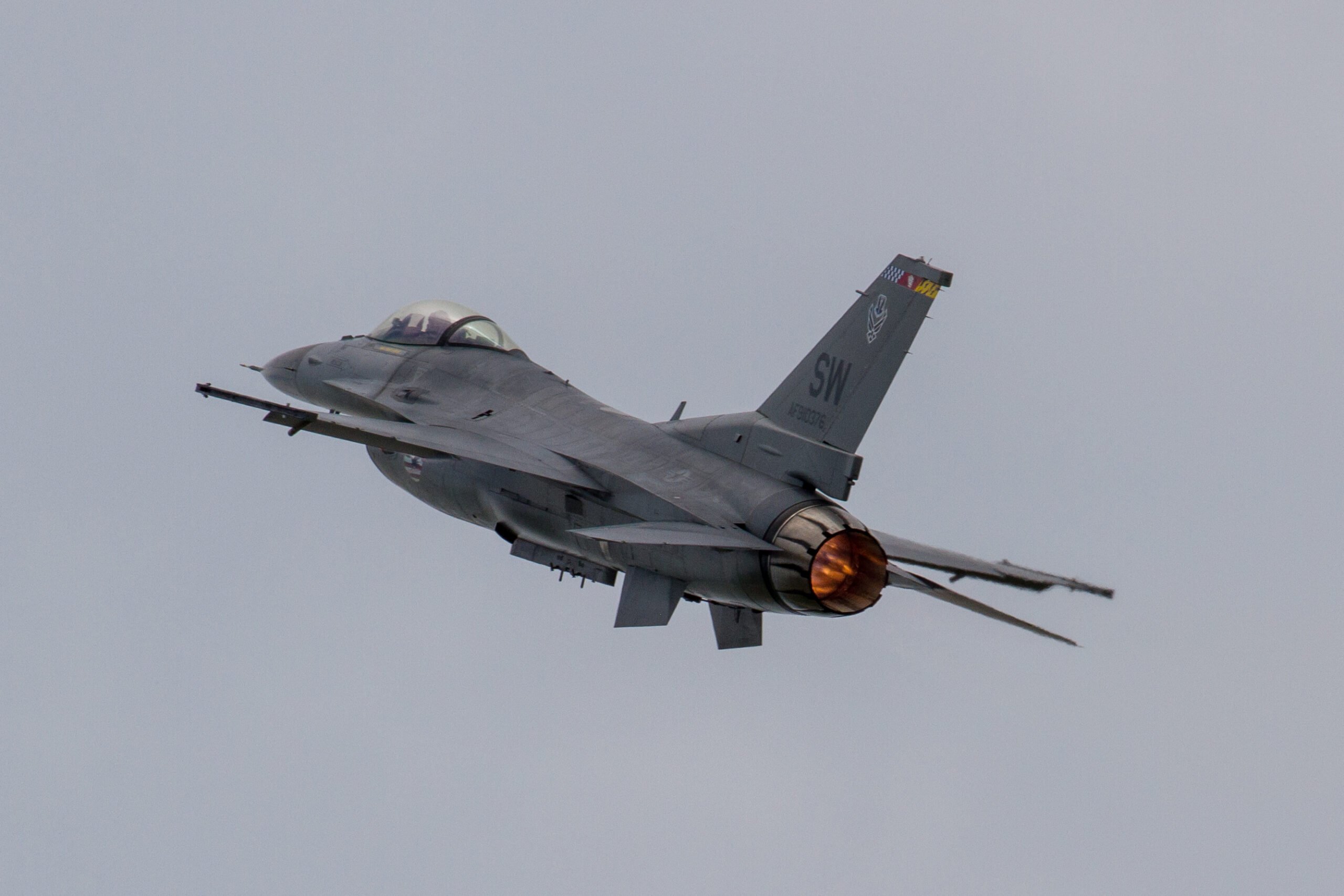
While skimming the runway, the pilot pushes the jet to around 450 knots. The F-16 accelerates quickly in afterburner, and that extra speed is needed for what comes next. Once there is enough energy, the pilot pulls the nose up and begins a hard vertical climb.
Straight Up to Ten Thousand Feet

The Viper climbs fast in burner. The pilot rides the vertical all the way to ten thousand feet. To level off smoothly at the top, many pilots roll the jet inverted and pull until they hit the target altitude. Rolling upside down lets them use positive G to stop the climb exactly where they need it.
Why Pilots Train This Way
None of this is done to look cool. Combat departures are trained often because a pilot will default to training when things get real. The move keeps the jet safe during its most vulnerable moment. It gets speed, altitude, and options almost immediately after takeoff.















